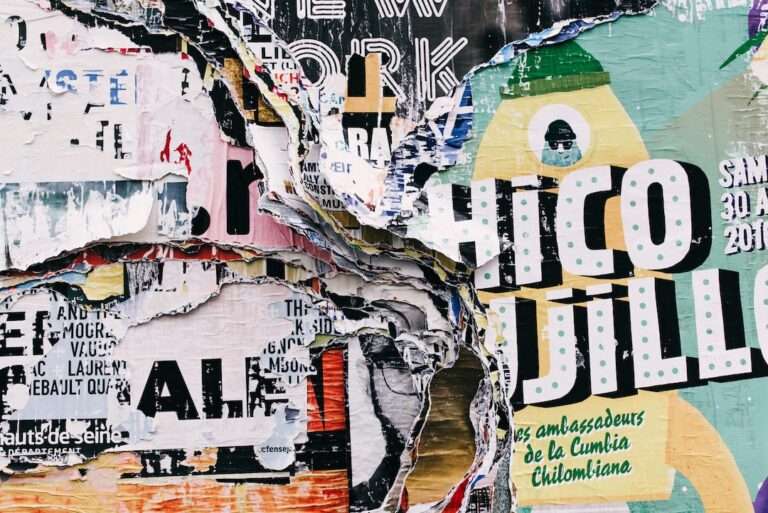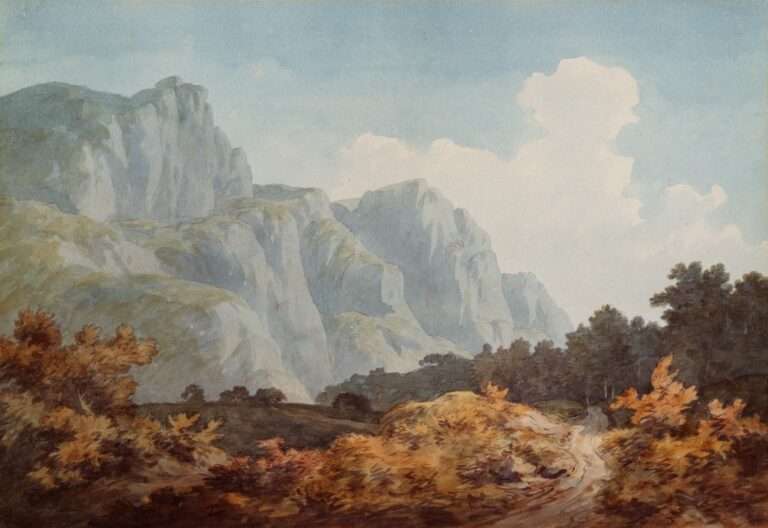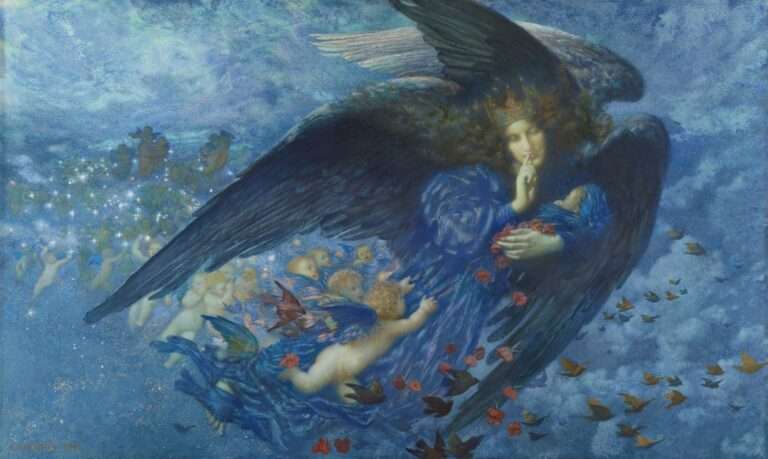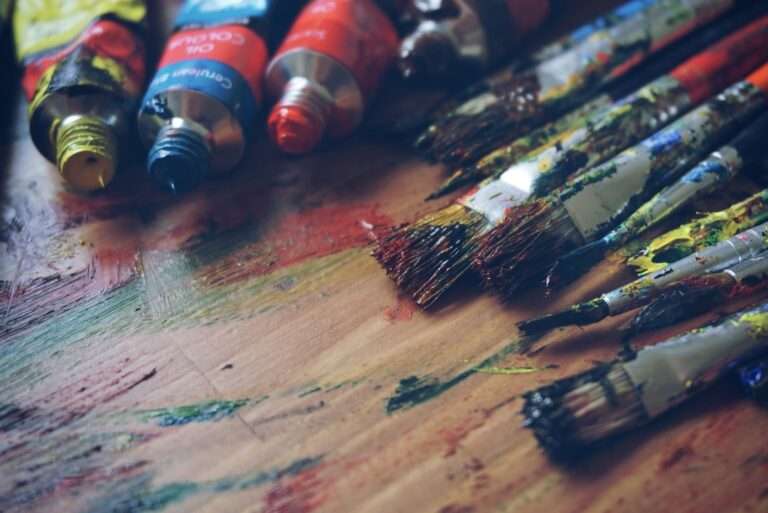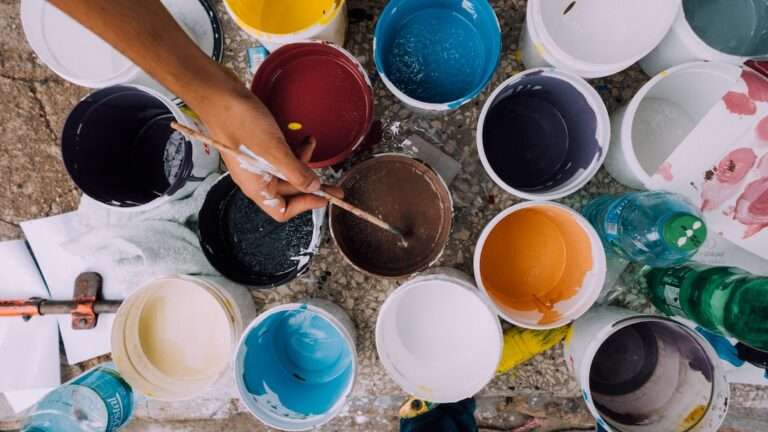African Art Symbolism
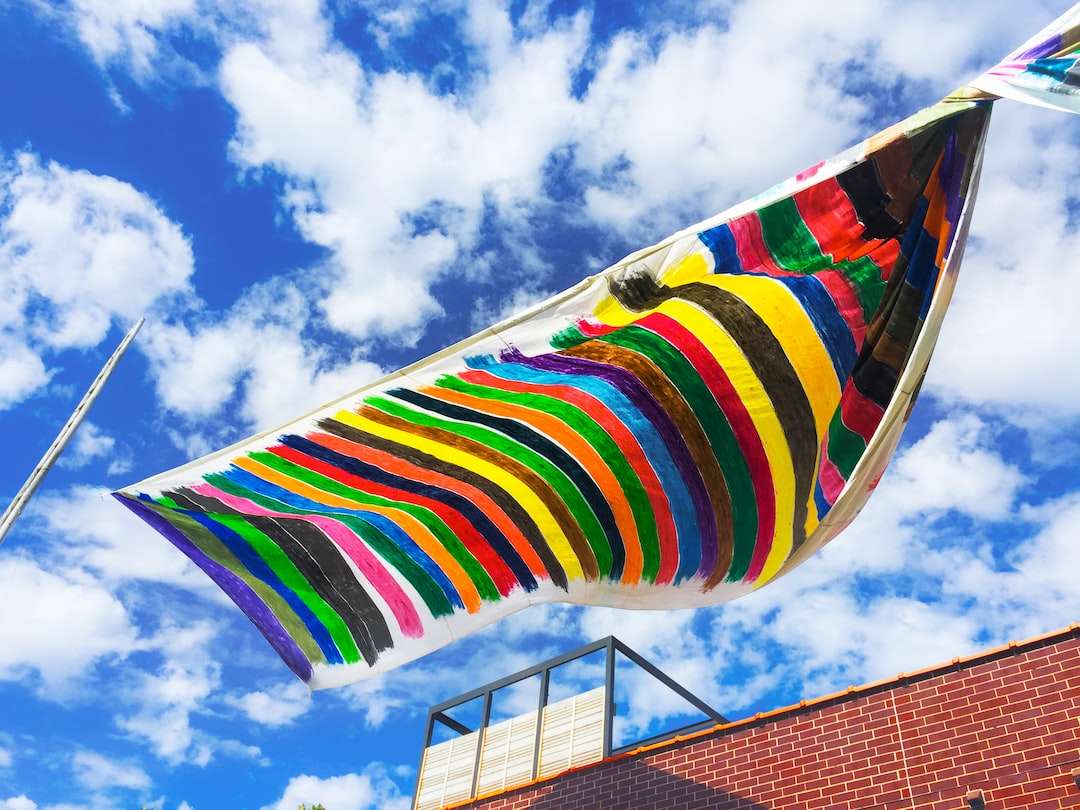
African art is rich in symbolism and meaning, reflecting the diverse cultures and traditions of the continent. From intricate masks to vibrant paintings, African art has a long history of conveying messages and representing cultural identity. Understanding the symbolism in African art is crucial for appreciating its beauty and significance. By decoding the symbols and meanings behind these traditional art forms, we can gain a deeper understanding of African culture and its values.
Decoding African Art
African art is filled with symbols that hold deep meaning and significance. These symbols can represent a wide range of concepts, from spiritual beliefs to social status. For example, the use of geometric patterns often represents the interconnectedness of all things in African culture. These patterns can be found in various art forms, such as textiles, pottery, and sculptures.
Another common symbol in African art is the use of animals. Different animals hold different meanings in African culture, often representing qualities or characteristics that are admired or feared. For instance, the lion is often associated with strength and leadership, while the elephant symbolizes wisdom and power.
The Role of African Art in Cultural Identity
African art plays a vital role in shaping cultural identity. It serves as a visual representation of a community’s beliefs, values, and traditions. Through art, Africans express their history, spirituality, and social structures. It also serves as a means of communication, conveying messages and stories that are passed down from generation to generation.
African art reflects the diversity of cultures across the continent. Each region has its own unique artistic style and symbolism. For example, West African art often features bold colors and abstract shapes, while East African art tends to be more naturalistic and focused on human figures.
The Power of Color and Shape in African Art
Color and shape are essential elements in African art, as they play a significant role in conveying meaning. Colors are often used symbolically to represent different emotions, ideas, or spiritual concepts. For example, red may symbolize power or vitality, while blue may represent spirituality or calmness.
Shapes in African art are also highly symbolic. Geometric shapes, such as circles and triangles, often represent unity and balance. On the other hand, asymmetrical shapes can convey movement or energy. The combination of color and shape in African art creates a visual language that communicates complex ideas and emotions.
African Masks and their Symbolism
Masks are an integral part of African art and hold great cultural significance. They are used in various ceremonies and rituals, such as initiation rites, funerals, and harvest festivals. Masks often represent spirits or ancestors and are believed to have the power to communicate with the spiritual realm.
Different types of masks have different meanings. For example, the Dan people of Liberia and Ivory Coast create masks known as “gle” to represent idealized female beauty. These masks are used in initiation ceremonies for young girls and symbolize the transition from childhood to womanhood.
The Significance of Animal Imagery in African Art
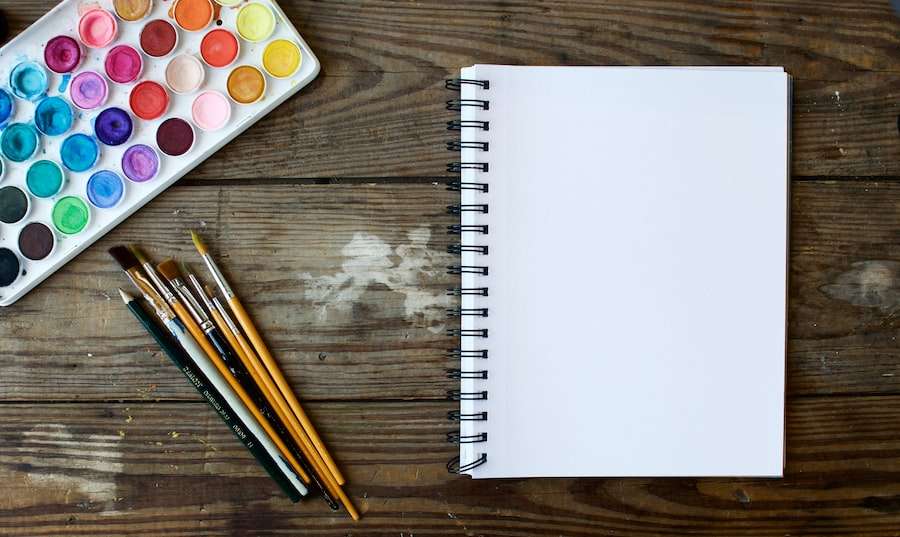
Animals hold a special place in African culture and are often depicted in art. They are seen as powerful symbols that embody certain qualities or characteristics. For example, the leopard is associated with strength and agility, while the crocodile represents cunning and adaptability.
Animal imagery in African art is not only symbolic but also spiritual. Many African cultures believe in the existence of animal spirits that can guide and protect humans. By incorporating animal imagery into their art, Africans seek to connect with these spiritual beings and tap into their power.
The Influence of African Art on Contemporary Art
The influence of African art can be seen in contemporary art around the world. Many artists draw inspiration from African art forms, incorporating its symbolism and aesthetics into their work. This influence can be seen in various art movements, such as Cubism and Primitivism.
Contemporary artists often use African art as a means of exploring cultural identity and challenging stereotypes. They seek to break away from Western art traditions and embrace the diversity and richness of African culture. By incorporating African art elements into their work, these artists pay homage to the legacy of traditional African art.
The Importance of Context in African Art
Context plays a crucial role in understanding the meaning of African art. Many traditional art forms are created for specific rituals or ceremonies and are deeply rooted in cultural practices. Without understanding the context in which these artworks were created, their true meaning may be lost.
For example, a mask that is used in a funeral ceremony may have a completely different meaning than one used in a harvest festival. The symbols and motifs used in these masks are specific to the rituals they are associated with, and without this knowledge, their significance may be misunderstood.
The Role of Women in African Art
Women have played a significant role in African art throughout history. They have been artists, artisans, and custodians of cultural traditions. However, their contributions have often been overlooked or marginalized.
In recent years, there has been a growing recognition of the importance of female artists and artisans in African art. Many women are reclaiming their place in the art world and using their creativity to challenge gender norms and empower their communities. Notable female African artists include El Anatsui, Nandipha Mntambo, and Wangechi Mutu.
Preserving African Art
Preserving African art is crucial for maintaining cultural heritage and ensuring its survival for future generations. However, there are many challenges to conservation, including inadequate funding, lack of infrastructure, and political instability.
Efforts are being made to preserve African art through initiatives such as museum exhibitions, educational programs, and collaborations with local communities. These efforts aim to raise awareness about the importance of African art and its role in cultural identity.
African art is a treasure trove of symbolism and meaning, reflecting the diverse cultures and traditions of the continent. By understanding the symbols and meanings behind these traditional art forms, we can gain a deeper appreciation for African culture and its values. African art serves as a visual representation of cultural identity, conveying messages and stories that are passed down from generation to generation. It is through art that Africans express their history, spirituality, and social structures. Preserving African art is crucial for maintaining cultural heritage and ensuring its survival for future generations. By recognizing the significance of African art symbolism, we can celebrate the richness and diversity of African culture.
If you’re interested in exploring the rich symbolism of African art, you may also enjoy reading about the symbolism of the moon. The moon holds great significance in many cultures and is often associated with femininity, intuition, and the cycles of life. To delve deeper into this topic, check out this fascinating article on symbolismhub.com. It explores the various meanings and interpretations of the moon symbol across different cultures and belief systems.
FAQs
What is African art symbolism?
African art symbolism refers to the use of visual symbols and motifs in traditional African art to convey cultural, spiritual, and social meanings.
What are some common symbols in African art?
Some common symbols in African art include animals (such as the leopard, elephant, and crocodile), geometric shapes (such as circles, triangles, and spirals), and human figures (such as masks and sculptures).
What do animal symbols represent in African art?
Animal symbols in African art often represent qualities or characteristics associated with the animal, such as strength, power, or wisdom. They may also be used to convey ideas about the natural world or the relationship between humans and animals.
What do geometric symbols represent in African art?
Geometric symbols in African art often represent concepts such as unity, balance, and harmony. They may also be used to convey ideas about the cosmos or the spiritual realm.
What do human figure symbols represent in African art?
Human figure symbols in African art often represent ancestors, spirits, or deities. They may also be used to convey ideas about social roles, gender, or identity.
What is the significance of color in African art?
Color is often used symbolically in African art to convey meaning. For example, red may represent blood or life force, while white may represent purity or spirituality. Different colors may also be associated with specific deities or spiritual concepts.
What is the role of African art symbolism in contemporary art?
African art symbolism continues to be an important influence on contemporary African art and design. Many contemporary artists draw on traditional symbols and motifs to create new works that explore contemporary issues and ideas.
